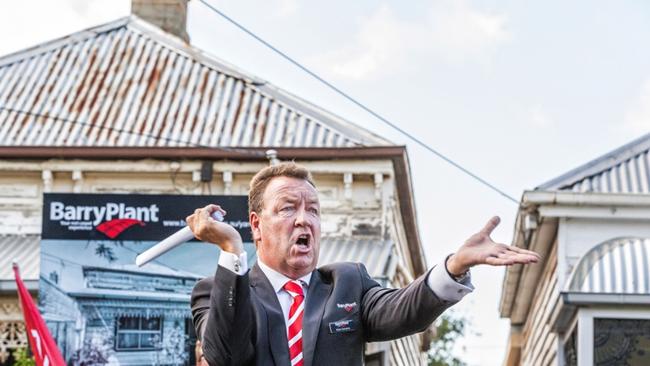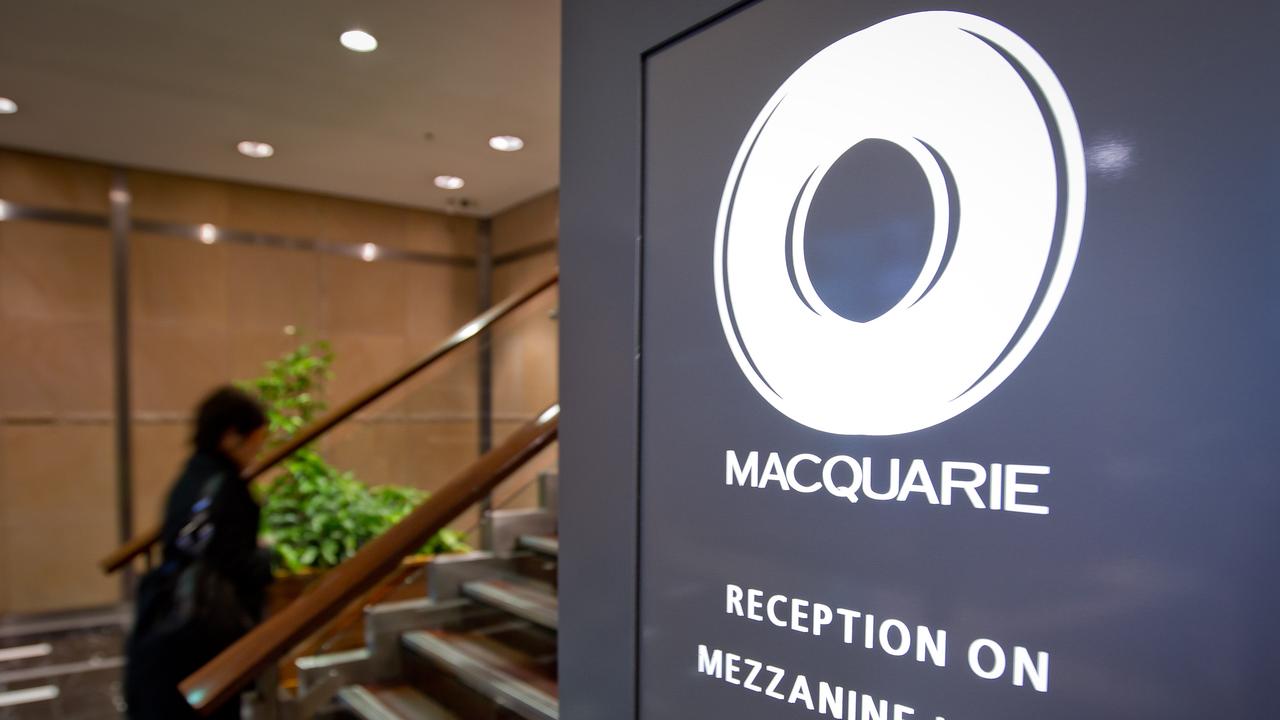
Those that want a stake in the housing market are usually operating via a negatively geared investment product — particularly in inner city apartments.
One of the biggest reasons that first home buyers are in retreat is that salaries are not rising and in many areas outside the public service they are actually falling. Young people are fearful of taking on huge debt, even though the costs of servicing that debt are currently low.
Some young people I know enjoy the freedom that comes with not worrying about the challenges that go with owning a property and servicing a mortgage.
Apartment prices in Melbourne and Perth are falling and in Brisbane they are selling at close to cost. Sydney has stopped rising. The urgency to buy has disappeared.
But this social change will almost certainly result in a lower birthrate and when the current generation reach retirement they will have no dwelling. They will either have to accept a lower standard of living than most pensioners currently receive or the community faces a much bigger cost.
It seems that if we are going to change the current falling home ownership rate we will have to do one of two things.
First, allow superannuation funds to be used to help first home buyers to gain a deposit. There would be a cap. That allowance would have to be accompanied by negative gearing changes along the lines being proposed by the ALP or prices would simply jump by the amount of the superannuation help.
It surprises me that young people have not already pushed for this. Given that the dwelling lowers the cost of retirement, it’s really what superannuation should be all about. Politicians have not put enough thought into the subject and listen too much to Treasury.
A second way to get first home buyers onto the property ladder is to reduce the costs of a dwelling by make the planning process much simpler.
This could be done by providing more land in outer suburbs and, perhaps more importantly, simplifying the inner city planning processes, particularly in Sydney where delays can be two years or more. These delays boost costs.
And councils are constantly thinking up ways to lift costs. Until now, councils and governments in NSW and Victoria have had Chinese and Asian buyers lining up, and they have been prepared to pay the costs.
But there has been a 50 per cent fall in Chinese buying in recent weeks in Sydney. We may head into a period now where Asian buying is substantially reduced. We will have to lower our costs, and there is plenty of scope to do this.
The NSW government makes money by selling land to Chinese developers but they make it tough for buyers because they want to be involved in design and development, which boosts costs. The current buying trends out of China means that NSW will not be able to rely on land sales as a way of generating income for infrastructure.
As I mentioned yesterday, Hong Kong residents may save us (Dodging the apartment deluge, May 24). But that’s a long shot. If the Asian buyers retreat and the locals don’t replace them we are going to go through a tough time.




Suddenly the prices of dwellings in many areas of Australia have stopped rising and in some cases are falling. Interest rates are low and look to be falling further. Yet young people are showing few signs of rushing in to buy their first property.